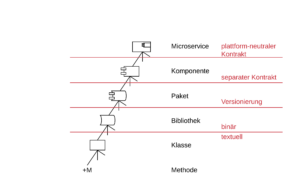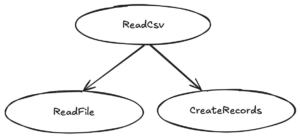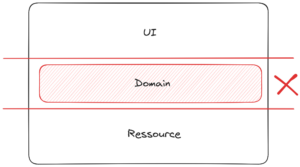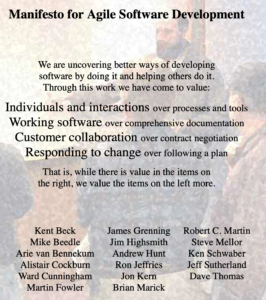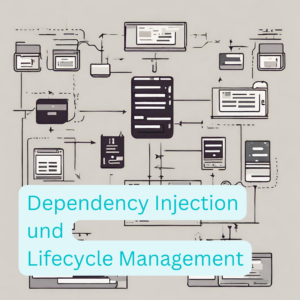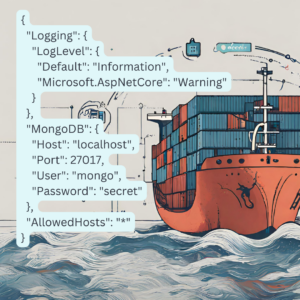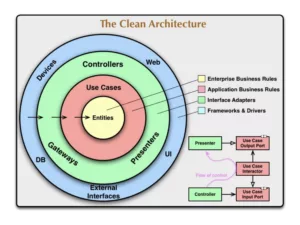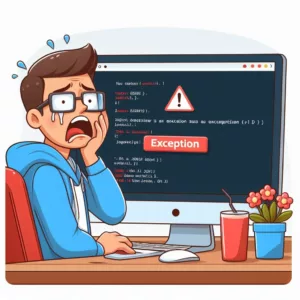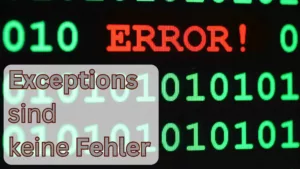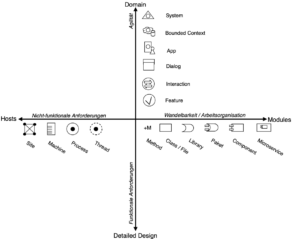
The software universe
In the field of software development, there are many terms that need to be defined and categorized. We also need a defined process to get from the requirements to the code. The software universe is intended to help define terms and clarify a process. Content overview Clean Code Developer values As part of the Clean

